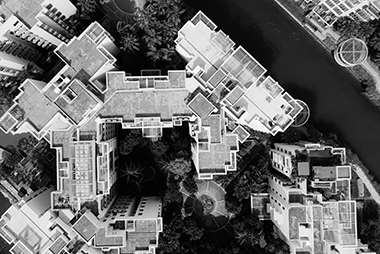Pension Reform and Intergenerational Redistribution in Hungary (2003)
In a generational accounting analysis, we separated the long-term effects of the main components of the comprehensive 1997 Hungarian pension reform. This calculation was later revised and extended using retrospective data in order to quantify intergenerational redistribution in the Hungarian pension system through the complete life-cycles of subsequent generations.



